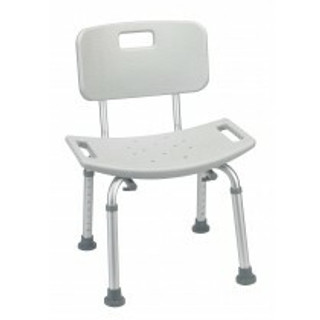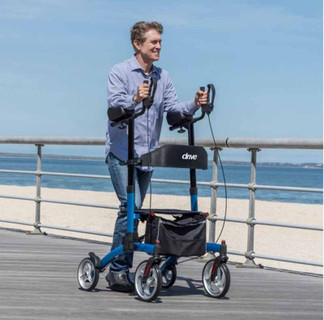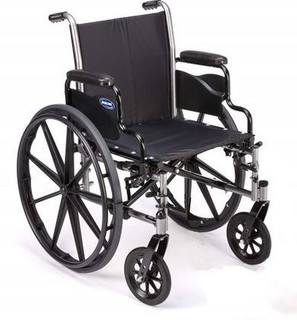When to Consider Assisted Living for Your Loved One
Deciding when to move a loved one into assisted living is never easy. Many families struggle with the decision, wondering if it’s the right time or if more in-home care would be a better option. While every situation is unique, there are clear signs that can indicate when assisted living may be the best choice for their safety, health, and overall well-being.
Signs It May Be Time for Assisted Living
One of the biggest indicators that assisted living may be necessary is increased safety concerns. If your loved one has experienced frequent falls, left the stove on, or had difficulty moving around safely, their home environment may no longer be suitable. Assisted living facilities provide 24/7 supervision, mobility assistance, and emergency response systems that can prevent serious accidents.
Daily activities such as dressing, bathing, meal preparation, and medication management can become difficult for aging adults. If your loved one is struggling with these tasks, assisted living ensures they receive the necessary support while maintaining as much independence as possible. Trained caregivers can assist with personal care, meal plans, and medical needs, improving their quality of life.
Cognitive decline is another important factor to consider. Memory loss, confusion, and difficulty managing finances or medications can lead to dangerous situations. Assisted living facilities offer structured environments with memory care services that provide safety, routine, and mental stimulation for those with dementia or Alzheimer’s disease.
Social isolation is a major concern for seniors, as loneliness can lead to depression and declining health. If your loved one has withdrawn from social activities, stopped engaging with friends, or seems emotionally distressed, assisted living communities offer social opportunities, group activities, and companionship to enhance their mental and emotional well-being.
Another key factor is caregiver burnout. If family members are overwhelmed by caregiving responsibilities, experiencing stress, or struggling to provide adequate care, assisted living can provide professional support. This ensures that both the senior and their family receive the help they need.
How to Choose the Right Assisted Living Community
When selecting an assisted living facility, consider the level of care provided, staff-to-resident ratio, safety features, and medical support available. Look for a community that offers engaging activities, comfortable living spaces, and personalized care plans. It’s also important to review costs, insurance coverage, and financial planning options before making a decision.
Final Thoughts
Making the decision to transition a loved one to assisted living is difficult, but recognizing the signs and taking proactive steps can ensure they receive the care they need. Prioritizing their safety, health, and happiness will help them adjust to this new chapter in life.
If you’re looking for medical supplies to assist with daily living, mobility, or home safety, browse our selection of high-quality products designed to improve comfort and independence.



















